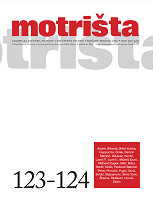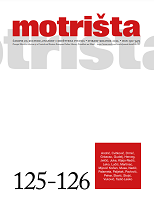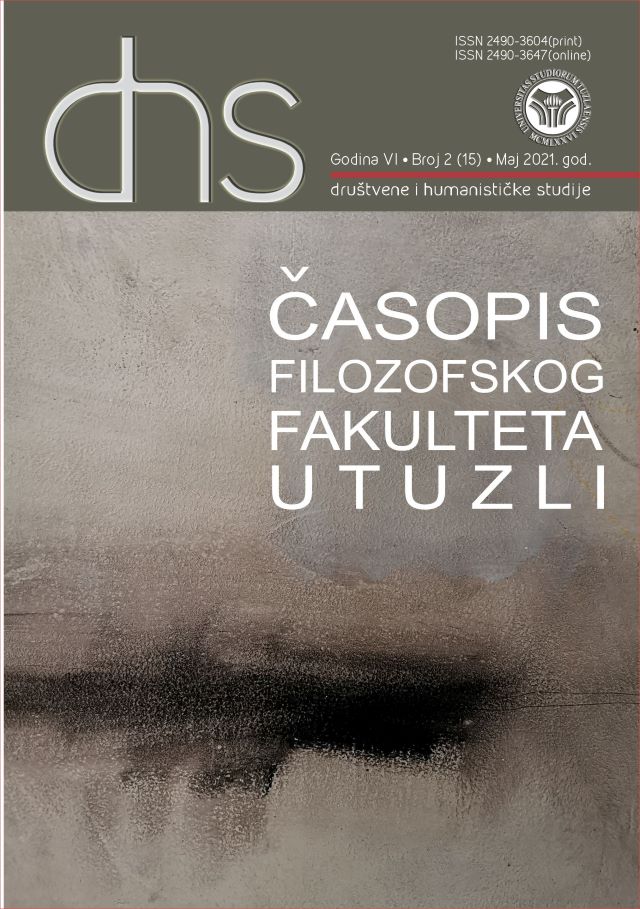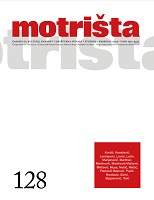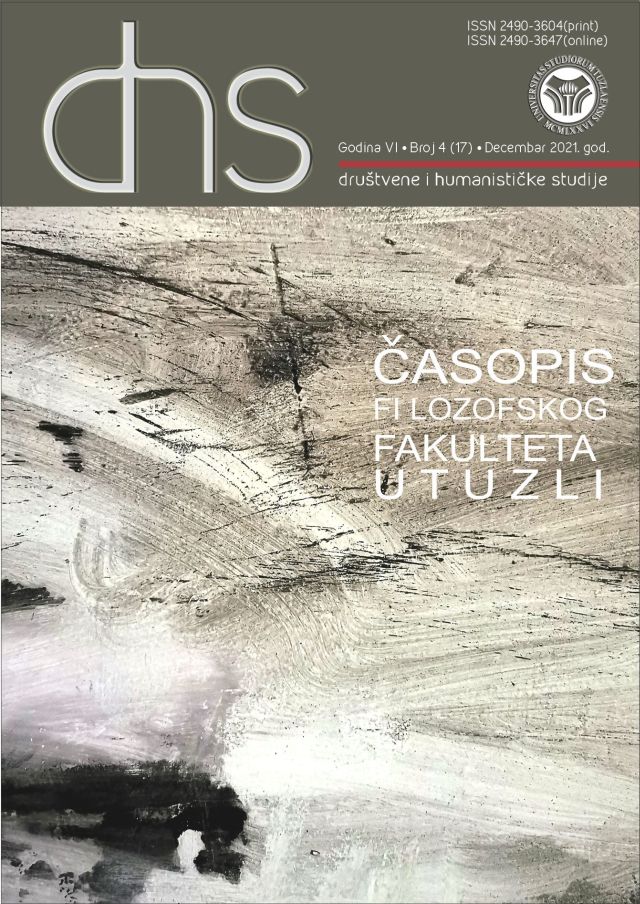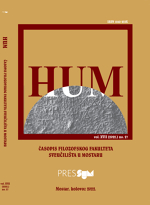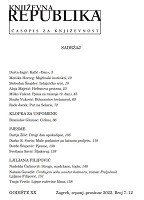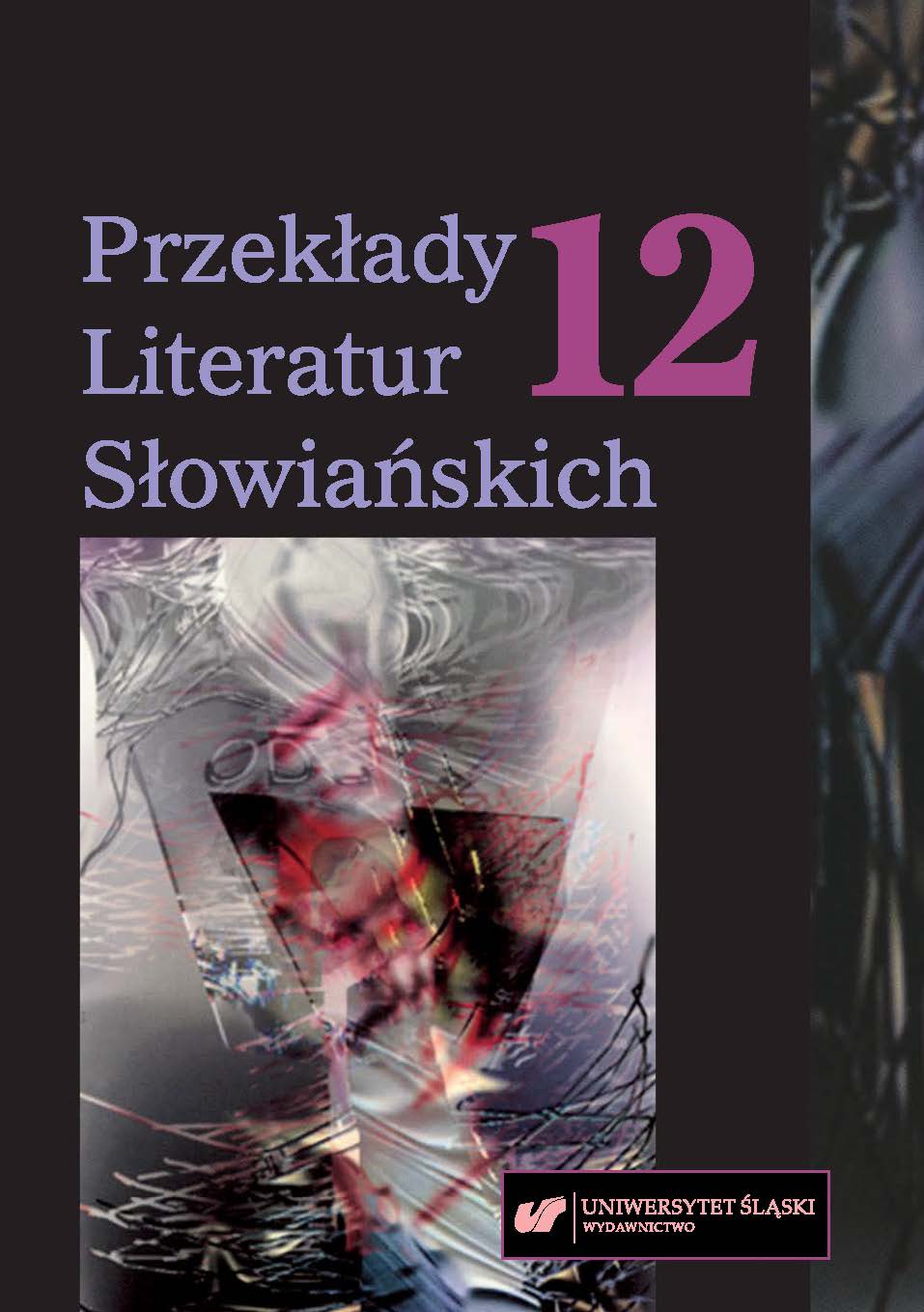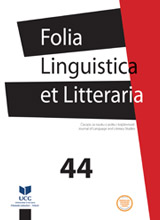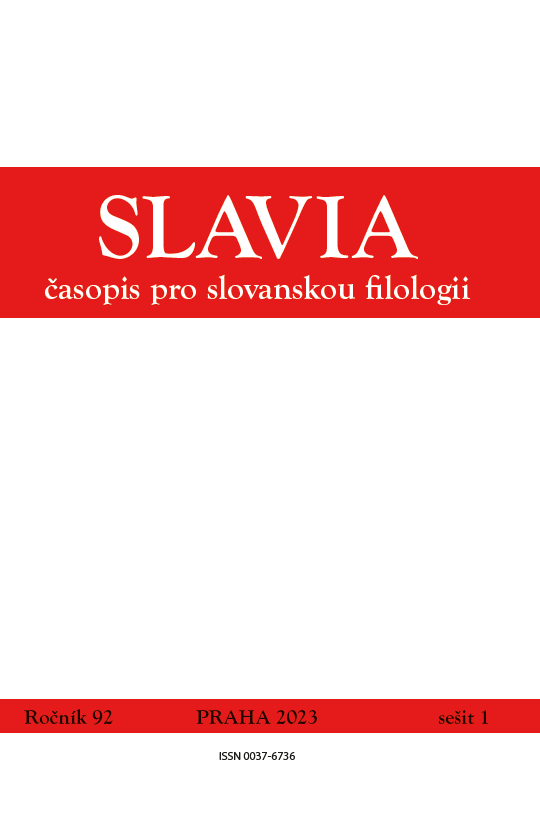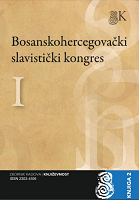Author(s): Anđelko Mrkonjić / Language(s): Croatian
Issue: 2/2012
This cultural study offers one of many possibilities of inter-textual and inter-medial reading of the shadow motif, the peripheral optical sensation, mainly through literary and visual art text. The shadow is a picture of changeable, fluctuating and surreal things; in the area of symbolist reading it is death, the otherworldly, all the way to the soul and the human being. The vastness in reading the meaning of this word will be focused towards the spirit of the Western culture (Plato, Christianity, Leonardo, avant-garde, contemporary), where it often has a negative attribute, but not exclusively. In an interpretative view, we mainly detect the incidence of the shadow paradigmatic of the following authors: An tun Gustav Matoš, Giorgio de Chirico, Goran Petercol. In Matoš’s poetical prose Sjena (“The Shadow”), the shadow is symbolistically repositioned within the old matrix of the source of light; Chirico’s metaphysical, extended and static shadow with the source of light somewhere on the far horizon; Petercol’s shadow (real, not illusionary) moves from the edge to the center of artistic questioning, opening up the question of the light source, reality and the status of the subject and the object. We conclude the study with a thought, in a Hegelian tone, about the end of art (by one paradigm), opening the question – has a real, living human being become a shadow in the grindstone of this unscrupulous neoliberal economy of the globalized world, when even the new paradigm of art doesn’t offer any answers (rejecting the work, introducing the event) and where does the future lead him, into whose shadow?
More...
